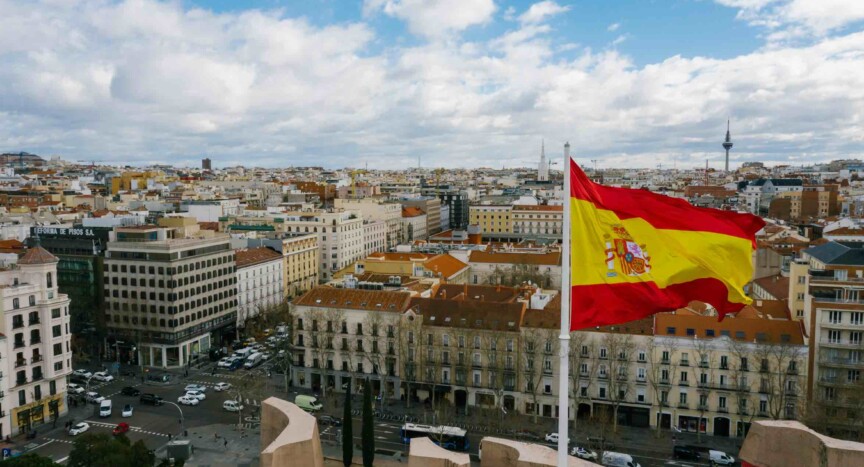Spain is a dream for many travelers who long for sunny beaches, rich cultural heritage, and tasty gastronomy. It boasts a diverse combination of history, sun-soaked weather, and attractive sights for every adventurer.
Everyone’s heard of Madrid and Barcelona. These destinations are the most popular among tourists, with up to 20 million travelers visiting them annually. But if you want to avoid the crowds and mass tourism, we recommend exploring these Spanish cities that won’t disappoint even the most discerning tourist.
Valencia- the city of innovation and gastronomy
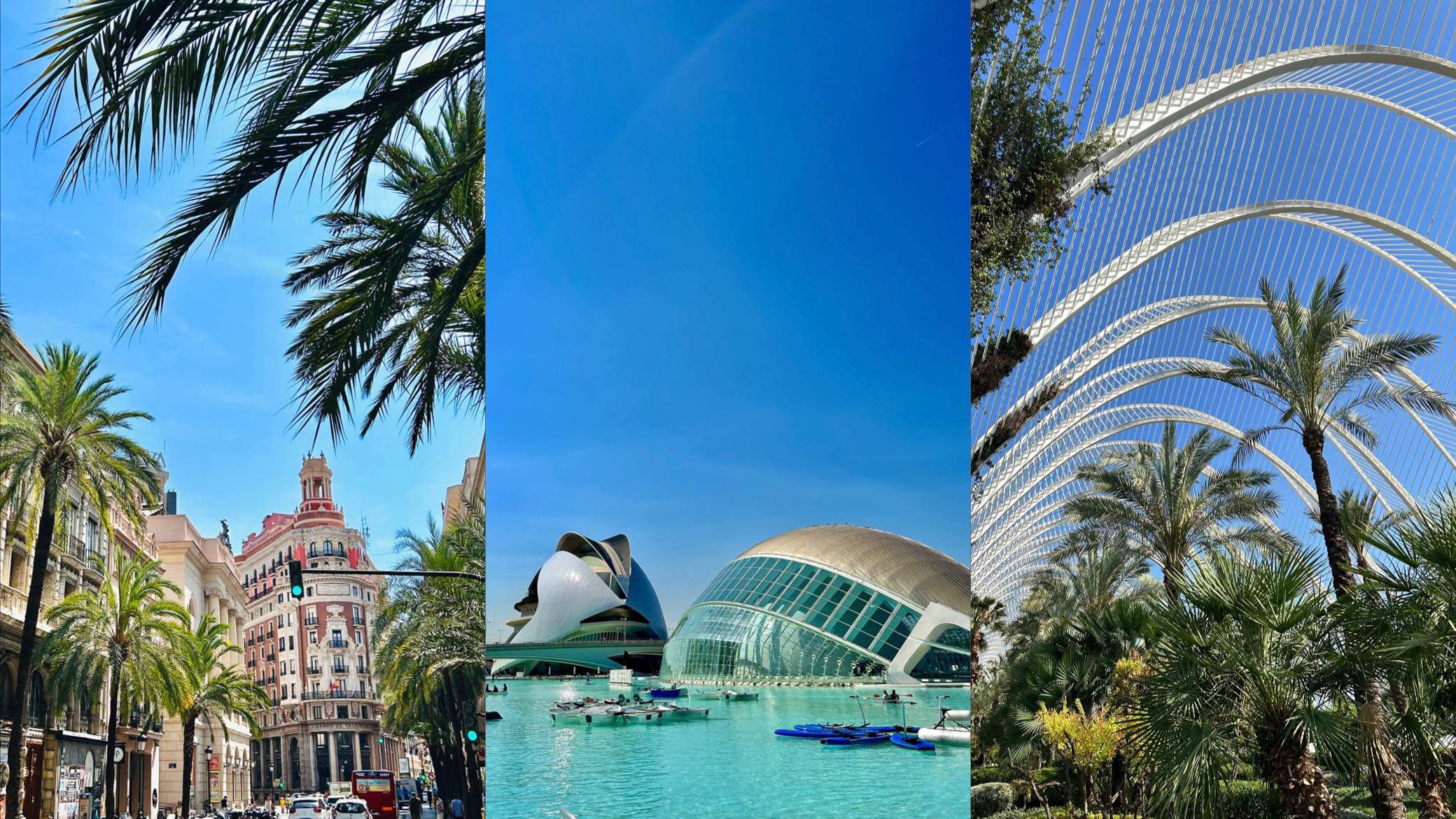
Valencia is the third largest city in Spain. Situated on the western coast, it offers its expansive beaches. Among the most famous are the Malvarrosa and El Saler beaches, perfect for relax and swimming. The city is easily accessible for tourists thanks to its international airport, which is only a 20-minute metro ride from the city center.
Valencia can be proud of its modern design and young vibe, especially with its complex of cultural and architectural buildings designed by Santiago Calatrava. This includes the Oceanografic aquarium, the science museum, the Palau de les Arts Reina Sofía opera house, and the futuristic Hemisferic building.
The city is home of the famous Spanish dish called Paella. Anyone visiting this place shouldn’t miss out on this fantastic dish, Paella Valenciana, and pair it with a drink called Horchata. It’s a refreshing beverage made from almonds, often served with sweet pastries.
Alicante- the city that never sleeps
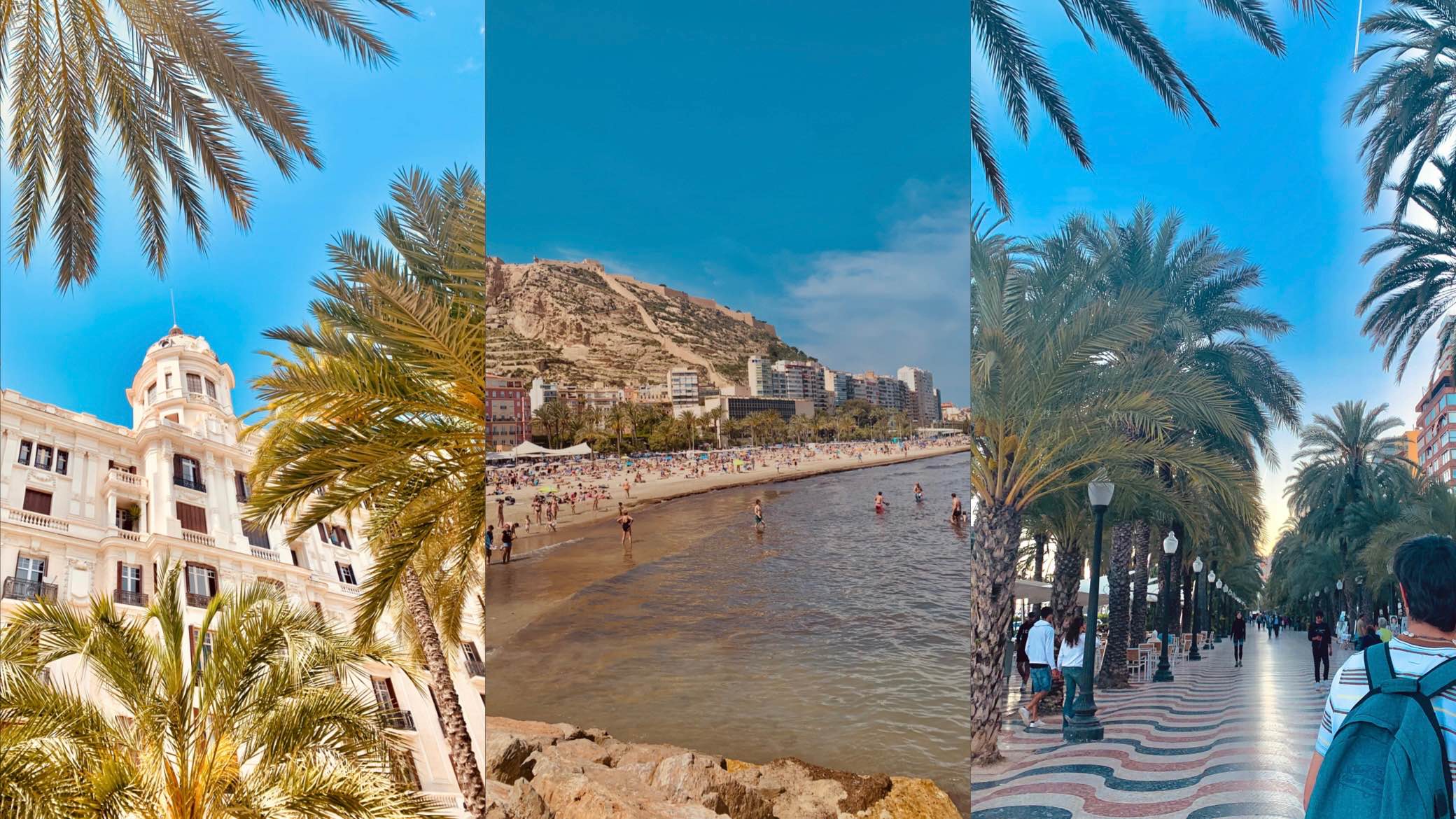
Alicante
If you’re looking for the perfect place for a vacation with a group of friends who know how to have a good time, Alicante will not disappoint you. This city is alive year-round, as it is home to around 33,000 students, which represents approximately one-tenth of all residents of Alicante. There are several universities and student districts here. The nightlife is vibrant, and you can find it on every corner. All of the streets are full of people until the early hours of the morning, and the fun never ends. The end of the clubbing is only when the crowd enjoys the sunrise on the famous beaches of Postiguet or San Juan.
Seville- the city of culture
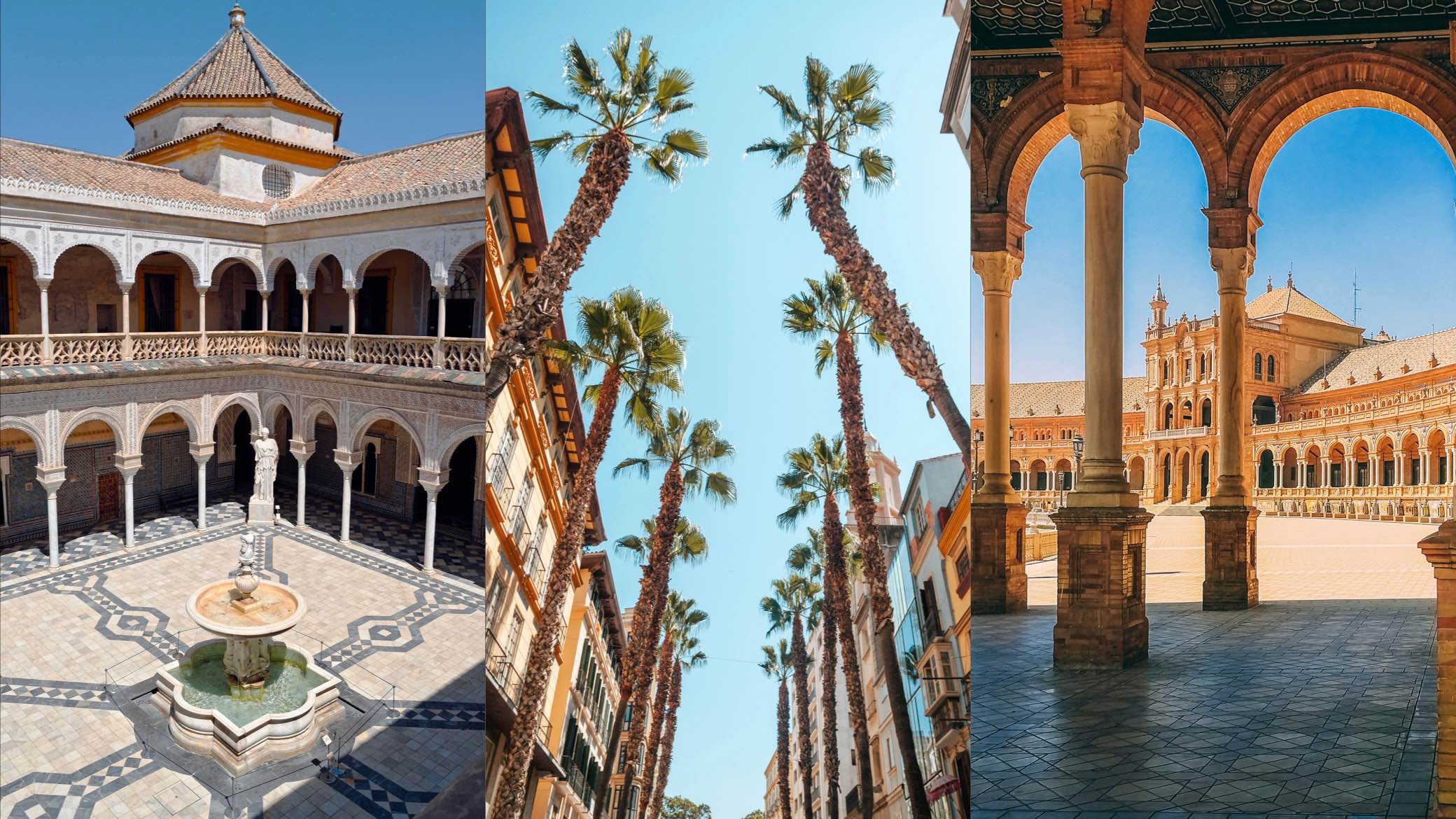
Sevilla, source: Freepik.com
We’re moving on to Andalusia, specifically the city of Seville. If you enjoy exploring different cultures, Seville will surely capture your heart. Besides its convenient location, just 10 km from the airport, the city is full of stunning historical buildings such as the Seville Cathedral, Giralda (the former minaret), Alcázar (the royal palace in Mudéjar style), and the Plaza de España.
In addition to its history, Seville is famous for its festivals. Don’t miss out on them, even outside the peak season, with celebrations like the April Fair or the Holy Week processions. The city is also the birthplace of Spanish flamenco. Whether you’re in the mood to dance it or just enjoy a performance, you won’t be disappointed.
Granada- the city of history
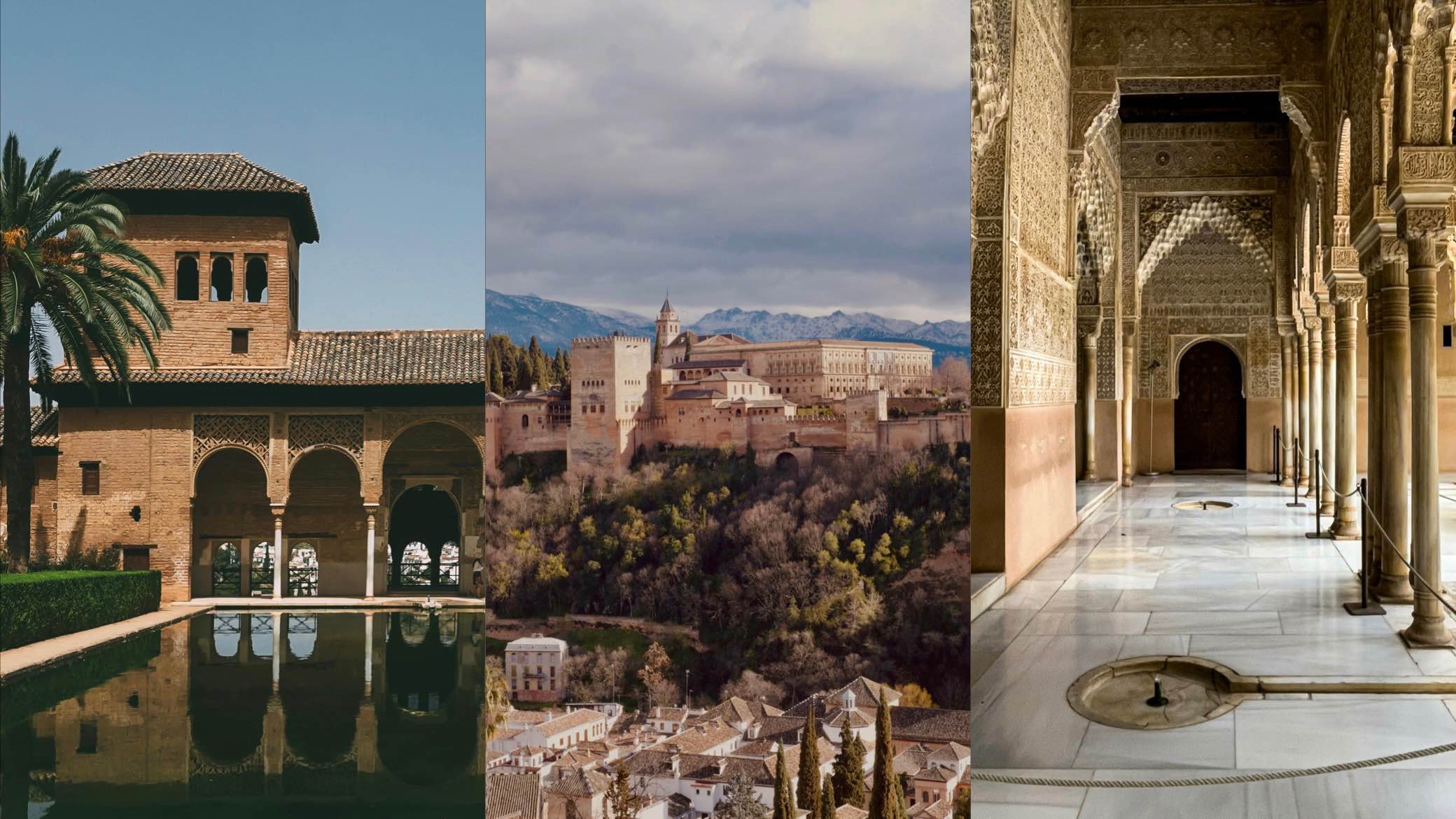
Granada, source: Pexels.com
The most famous attraction in Granada is the Alhambra, a magnificent Arabic palace complex that is also a UNESCO World Heritage Site. The palace is so big that it takes three full days to explore it completely. It offers a glimpse into Arabic architectural elements. It’s necessary to purchase tickets several months in advance to visit. If you don’t manage to get a ticket, don’t worry. The Generalife Palace gardens are open to all and free of charge.
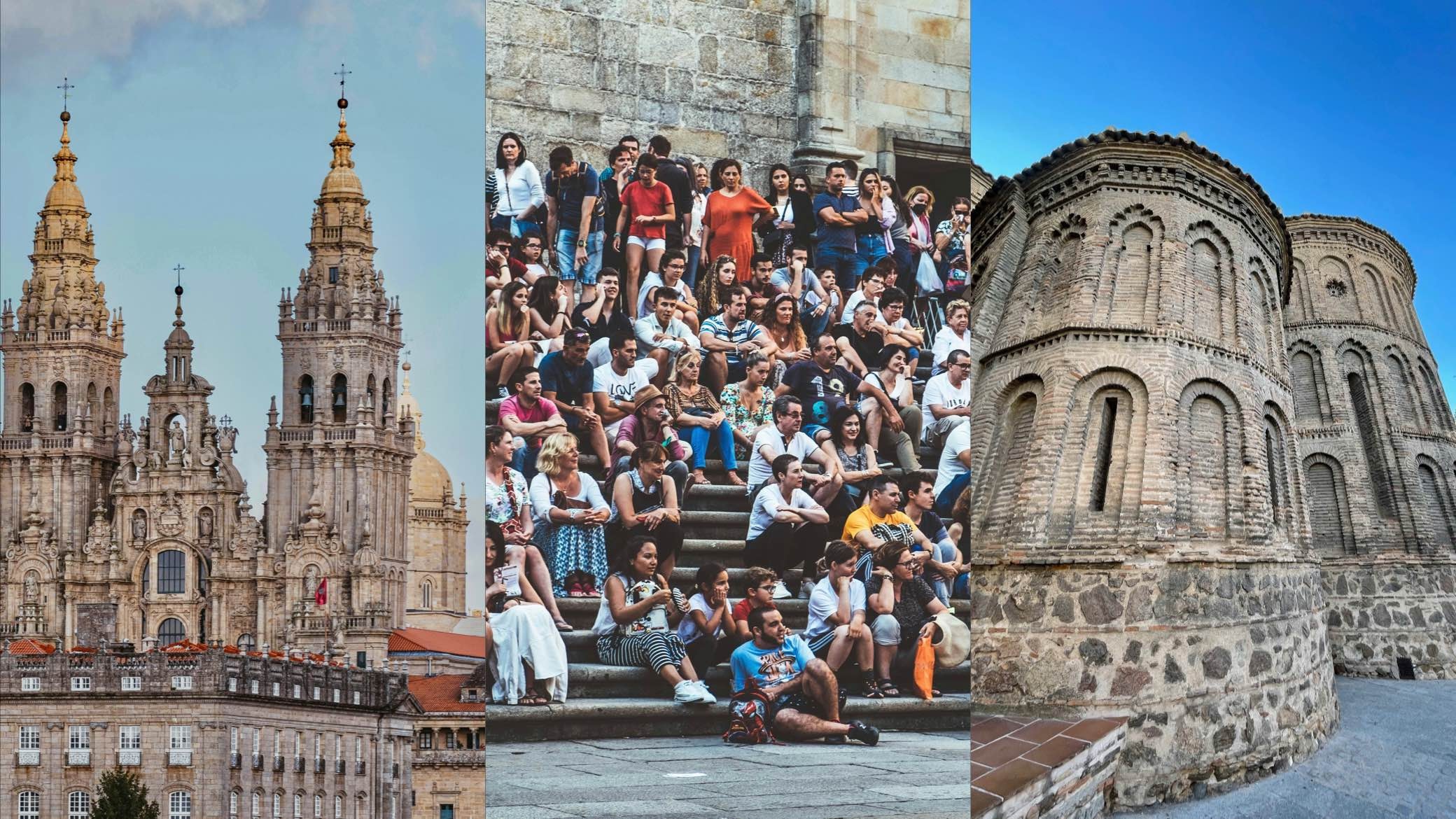
Santiago de Compostela is the destination of the famous pilgrimage route, the Camino de Santiago, which attracts pilgrims from all over the world. The Cathedral of St. James, where the remains of the apostle James are said to be located, is the main attraction of the city. This impressive structure is included in the UNESCO World Heritage List.
The old town of Santiago is full of narrow streets, stone buildings, and squares that maintain a medieval atmosphere. Significant places include Obradoiro Square, Hostal dos Reis Católicos (originally a hospital for pilgrims, now a luxury hotel), and various historic churches and monasteries.
The Universidad de Santiago de Compostela is one of the oldest universities in Spain, founded in 1495. It has a significant influence on the city and its culture, bringing young people and academic activities. The airport is located directly in Santiago, just 12 km from the city center.

